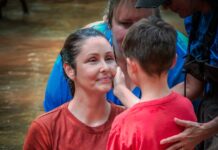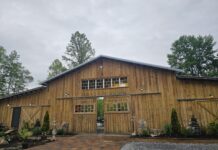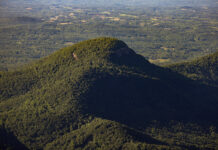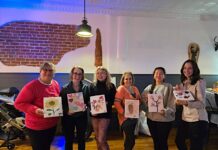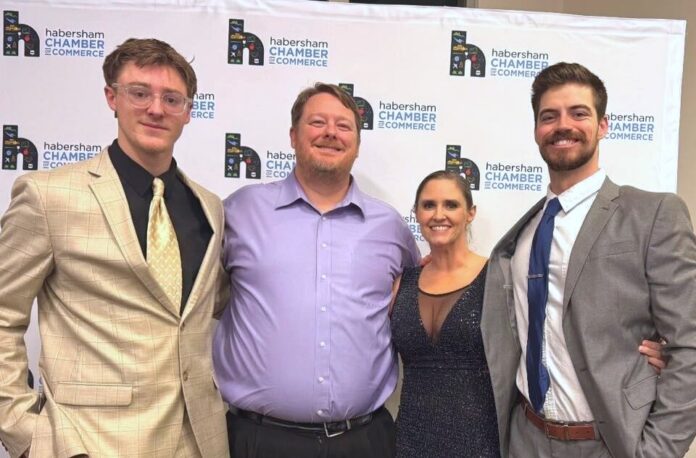
Jessie Owensby is Hall County-born and bred. Her home, heart, and heritage are rooted in the red clay that saturates and sustains the land in and around Northeast Georgia. Though her heritage remains tied to that soil, she now lives, laughs, and leads in Cornelia, where she serves as the city’s Community Development Manager. As we chat, she wants you to know that she is from the government, and she is here to help—no, really.
Owensby thinks big but stays grounded. With her head in the clouds and her boots in the dirt, she has earned a reputation as something of a giant in Habersham County government—visionary yet pragmatic, ambitious but deeply attuned to the rhythms of small-town life. In many ways, Owensby feels like the real-life fulfillment of Parks and Recreation’s Leslie Knope—earnest, driven, and utterly devoted to her hometown’s future.
My first impression of Cornelia as a city girl
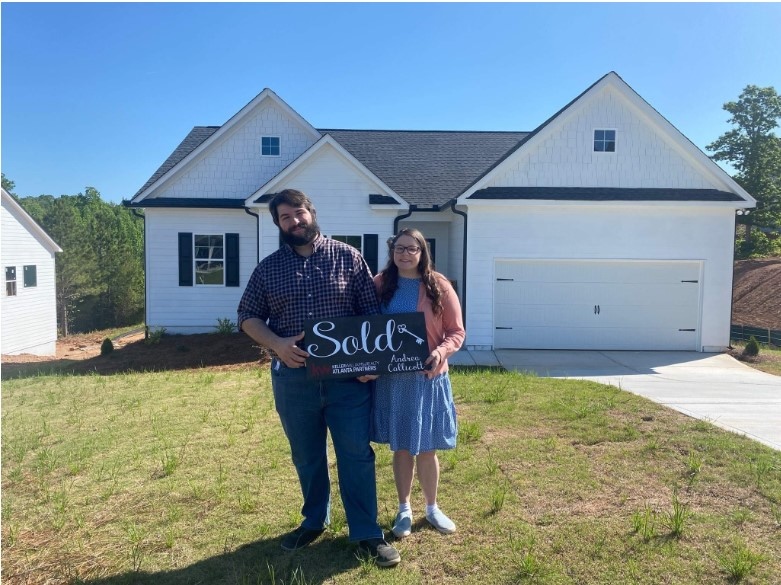
When I arrived in Cornelia in 2021, the town buzzed with energy. The “Catch Me in Cornelia” campaign pulsed with promise—live music echoed through downtown, families scoured the streets during the scavenger hunt, and crowds filled sidewalks, dining al fresco and shopping at local businesses. On Hodges Street, bakeries, coffee shops, charcuterie stores, and gift boutiques thrived, each storefront sporting a lick of fresh paint and a lovingly designed sign.
But the momentum didn’t last. By the following summer, Hodges Street felt like the honors student who burned out in their first year of college—overextended and under-supported. Rows of brick buildings stood tired with storefronts that wore their neglect plainly—windows bandaged like tired eyes trying to sleep off a hangover. Graffiti crept into Appletree Alley—an aftereffect, in part, of consistent Saturday night revelry. Like any party girl past her peak, the city began to show signs of wear, despite the cheerful string lights lovingly draped overhead.
Six months pregnant and moving slowly in the May heat, I walked the street again—this time not with excitement, but with a certain heaviness, the kind usually reserved for the third trimester of pregnancy. However, as summer gave way to fall and fall to winter, signs of revitalization began to emerge. New investments took root, and once-drab buildings underwent a Princess Diaries transformation. While Cornelia hasn’t yet reached full Disney-princess status, it’s clear the town has traded its spectacles for a crown. It’s not quite palace-ready, but well on its way to homecoming queen.
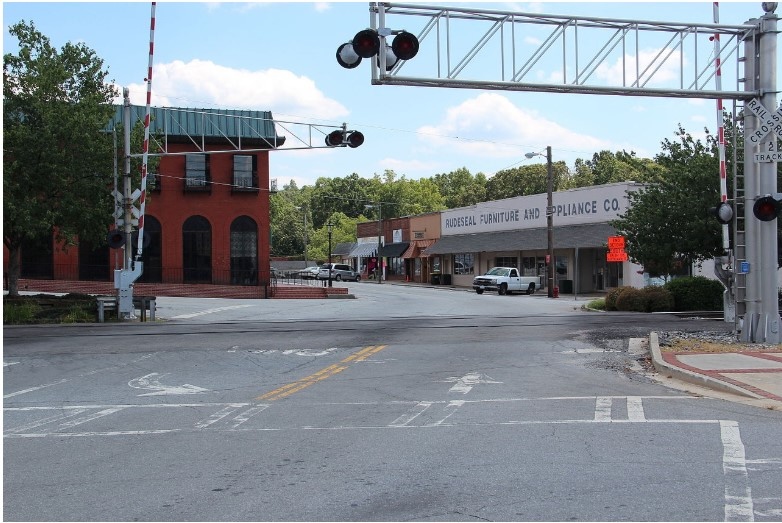
Cornelia, Georgia, is experiencing steady population growth, rising 3.55% from 2022 to 2023, with property values increasing by 23.1% to a median of $210,200. Despite these gains, median household income fell 13% to $40,192, and over 31% of residents live below the poverty line. The school system also faces challenges—at Cornelia Elementary, only 33% of students are proficient in math and 30% in reading, with statewide data showing just 17% of students achieving math proficiency overall at Habersham Central.
These figures reflect a community in transition, balancing economic promise with persistent educational and income disparities. It will evolve, and Owensby is determined to take the ship’s wheel and steer it away from the icebergs of fast-food chains, featureless warehouses, and treeless roads thick with traffic. In short, she wants to avoid the fate of communities like Forsyth County, where development arrived late and fast, leaving behind congested streets, strip malls painted a startling white and lined with black, and half-million-dollar homes that resemble boxed wine—slick, uniform, and overpriced for the product.
The Cornelia Amphitheater and Rails-to-Trails Project: Catalyst or vanity?
When the City of Cornelia first explored building an amphitheater, the vision stalled under the weight of logistics. The original site—within the city park—proved unfeasible, and the project quietly disappeared. But in 2022, a partnership with the University of Georgia reignited the conversation. With UGA’s help, the city identified an underutilized property near the splash pad and train museum. This ideal location also serves as a potential trailhead for the Rails-to-Trails project.
“It’s an overlooked space with enormous potential,” said Cornelia’s Community Development Manager, Jessie Owensby. “This is exactly the kind of investment that revitalizes a town. We’ve seen it all across Georgia—amphitheaters stimulate economic development, especially in historic downtowns.”
Cornelia’s demographic—young professionals and families with young children—craves community-focused, family-friendly events. “They want to hop on their golf carts, let the kids run, and not leave the county to enjoy the evening,” Owensby said. “They want walkability, small-town charm, and safe, shared spaces.”
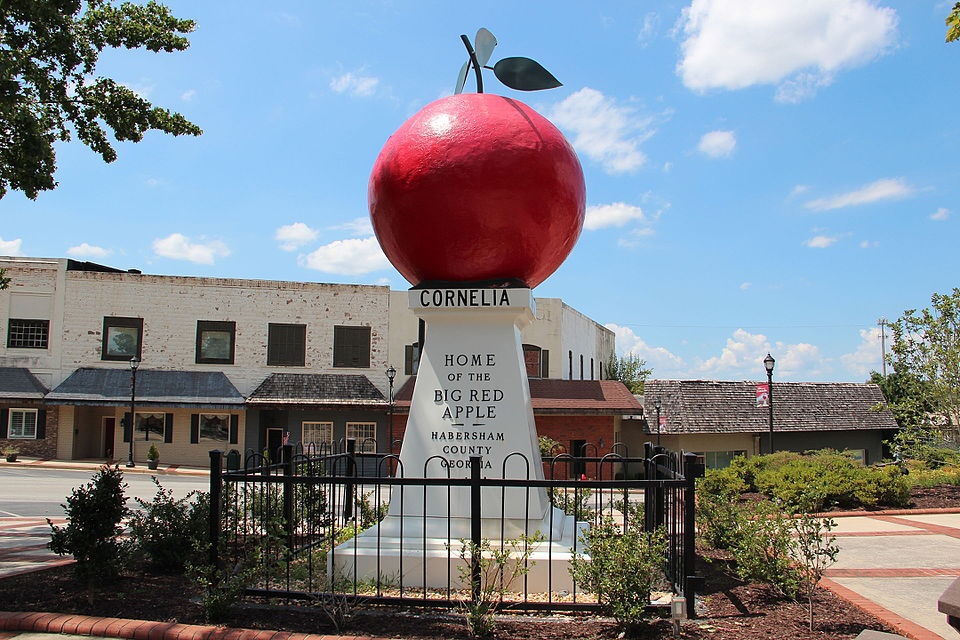
In 2023, Owensby pursued funding. The city received a $1 million matching grant from the Appalachian Regional Commission in 2024. It was a 50/50 reimbursement grant, requiring the city to contribute an equal amount. “We got creative,” Owensby said. “Our public works department handled the demolition and grading, saving roughly $300,000. The labor we already pay for became part of our match.”
Additional funding has come from SPLOST 6 ($350,000 for parking), and Owensby continues to chase new grants, including a $99,900 USDA Community Facilities Grant and another $50,000 application already in motion. Congressional funding through Sen. Raphael Warnock’s office allocated $1.3 million toward overlapping Rails-to-Trails improvements, though that funding is still pending in the 2026 budget.
It’s not ‘either or’
The Rails-to-Trails project has circulated in planning discussions for over a decade. Initially, the community questioned its value. But as similar initiatives across the country have yielded measurable benefits, the data now supports its case—highlighting improvements in public health, environmental quality, safety, community engagement, and local economic growth. Owensby argues the trail would also help preserve what she considers one of the most vital elements of Northeast Georgia’s heritage—its connection to the railroad.
Linked HERE is a petition to show support for the Rail-to-Trails Project.
The proposed trail would begin at the amphitheater beside the historic TX5 caboose and run along the old railbed to Walmart. This 12-foot-wide, concrete, multi-use path will include crosswalks, lighting, landscaping, signage, and interactive features. Meanwhile, Tallulah Falls is advancing its segment of the same initiative, with the long-term goal of connecting the entire county through a continuous trail system.
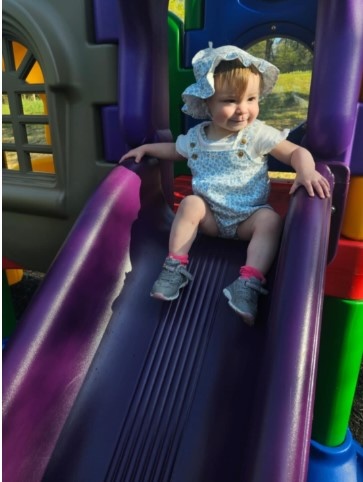
Concerning the amphitheater, critics dismiss it as a “vanity project.” Owensby disagrees. “I understand the skepticism. But ask me again in ten years, when families are spending weekends at the amphitheater and local businesses are thriving. This is about legacy. It’s for our kids and grandkids.”
The amphitheater, she argues, is the first domino in a broader strategy for sustainable growth—one focused not on rapid expansion but on intentional development and points to Suwanee as a model for what’s possible.
That city invested $19 million in a greenspace-centered downtown strategy—an investment, she notes, that has more than paid for itself through increased economic activity and community engagement.
She takes a beat to emphasize, “We’re not trying to become Gainesville.”
“We’re evolving. If we don’t, the town will stagnate. We can preserve what we love while modernizing our infrastructure. It’s not either-or.”
Who we are and want to be
Owensby elaborates on the role of smart density and mixed-use development in shaping Cornelia’s future. “If people live near where they spend time, you reduce traffic,” she said. “Walkability and accessibility—those are the metrics that truly enhance quality of life.”
To her, the real risk isn’t building too much—it’s building without vision. “If we don’t guide growth, it will happen to us instead of for us.”
We then discuss the proposed pedestrian bridge over the train tracks—still in early planning stages but generating buzz among residents. “It’s part of a bigger picture,” Owensby said. “The bridge, the trail, the amphitheater—they all link together to tell a story about who we are, and who we want to be.”
In her words: “Growth will come. The question is, do we want it to run us over—or work for us?”
_____
Carly McCurry is the publisher of The Cute North Georgian magazine. Her work appears on NowHabersham.com in partnership with Now Network News.

